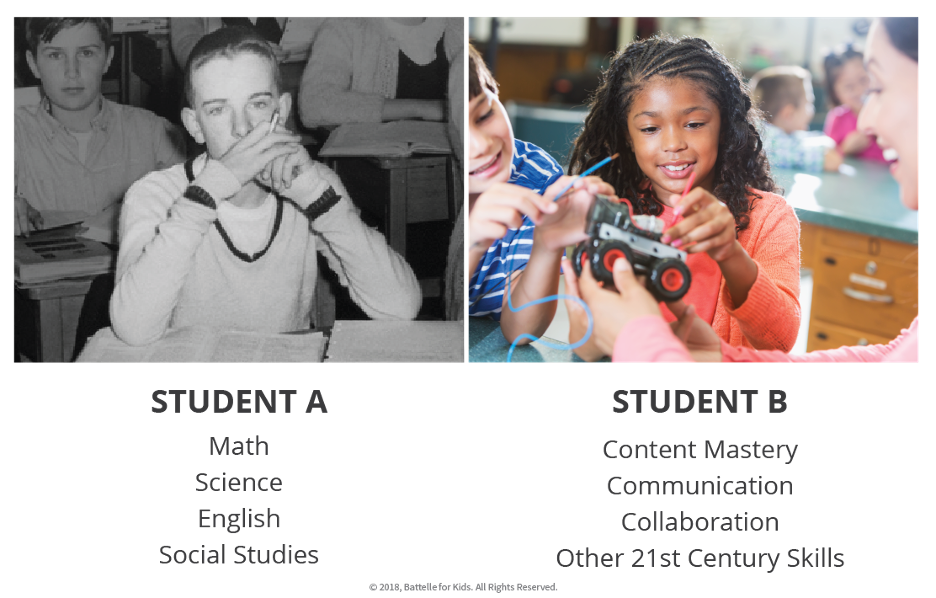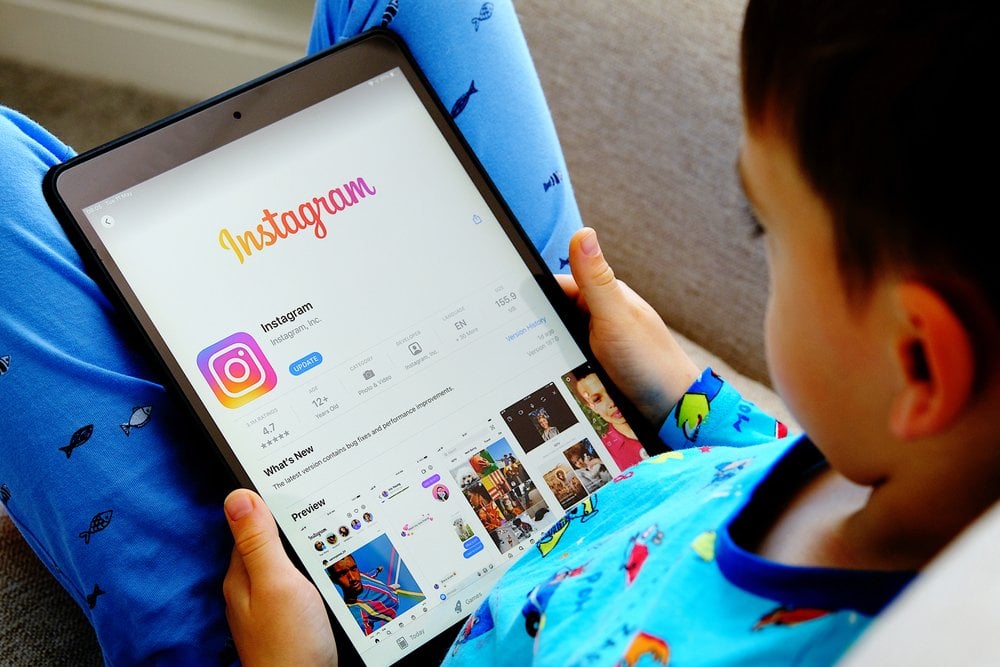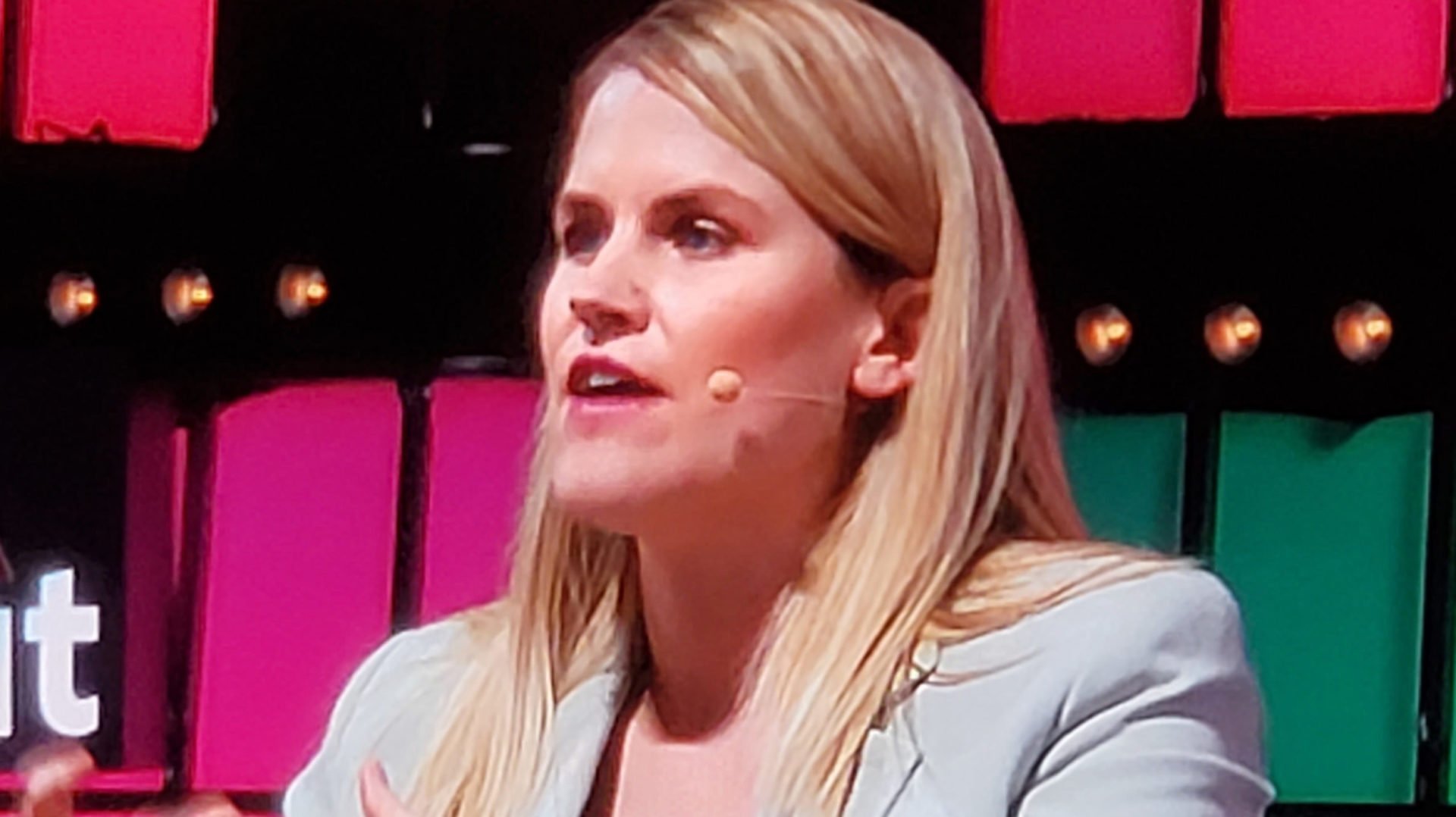The annual field trip to the local pond has gone high-tech for some Massachusetts and New York middle-school students. Harvard education researchers are giving the kids smartphones loaded with augmented reality software to see how the technology changes the way they explore of local environments.
“The outdoor environment can be really challenging,” says Amy Kamarainen, co-director of the Ecosystems Mobile Outdoor Blended Immersive Learning Environment project—EcoMOBILE for short. The project is operated by Harvard University’s Graduate School of Education. “It’s hard to get the students’ attention, it might be hard to get out to the environment more than once, and how much can the students really take back to the classroom?”
Kamarainen and her colleagues hope software provides a solution. They’ve equipped mobile broadband devices with Qualcomm technology that gives students access to the FreshAiR augmented reality interface. On trips to local ecosystems chosen by the researchers, students can point smartphone cameras at designated “hot spots,” revealing an overlay of information, facts, and even audio and video clips. The software’s interactive graphics modify the camera’s real-world view in real time. Harvard professor Chris Dede, the project’s principal investigator, compares the technology to the science fiction of a futuristic action movie.
“The Terminator has these sort of magic eyes that see the world with an overlay of simulations,” he says. “Any mobile device with a camera now offers that capability.”

The overlay students see includes facts, images, and videos that explain environmental changes. A field trip captures an ecosystem at one point in time, but augmented reality software can reveal gradual changes and microscopic processes, such as time-lapse video of a growing flower or a graphic explaining how photosynthesis works.
Augmented reality is not new, but schools and universities have been slow to catch on. From the yellow first-down lines on a football TV broadcast, to interactive games on the Nintendo Wii, the technology is gradually becoming familiar for consumers. Even educational museum exhibits have adopted it—for instance, the Museum of London’s “Streetmuseum” iPhone Appallows users to see historical photographs of London as a virtual layer over city sites.
“There is not a lot of augmented reality being used in K-12 right now,” says Samantha Adams, director of communications at the New Media Consortium, an international not-for-profit learning organization, and lead writer and researcher for a 2012 report that predicted the technology will be widely adopted in primary and secondary education within four or five years. Adams sees great potential in the tool, which education experts named one of five essential tech trends, but says there aren’t enough good ideas for how to integrate it into curriculum. Harvard’s EcoMOBILE project is designed to underscore the connection between field trips and classroom curriculum. Before hitting the outdoors, students use a computer program to simulate the experience of a scientist researching an ecosystem. When they visit the local pond, they collect data—measurements, photographs, and video—and bring what they’ve learned back to class.
Qualcomm’s Wireless Reach Initiative and the National Science Foundation funded the project’s pilot year. The next steps are to enhance the classroom component and train teachers to develop their own content. “It takes a little bit of training, and it takes a small shift in the way you think about teaching,” says Kamarainen. “You have to think about it from the students’ perspective and give them that freedom… [It’s] student-centered and exploratory.”
Susan Agger, coordinator of the Maynard Ecology Center in the Cambridge Public School District says students who participated were engaged and working more independently than expected. She accompanied the researchers on five field trips last fall, and was surprised to find that the technology did not detract from the outdoor experience.
“I was floored by how well they physically managed the equipment… and how they weren’t distracted,” Agger says. “Their engagement with it was really student directed… We were just there as coaches if they needed help.”
Some students even told Kamarainen that they would use what they learned to explore their own backyard streams.
“It has empowered students to take the experience with them as they go elsewhere,” she says. “Even though these phones stay with us, the students internalize the sense of exploration and carry that idea with them as they go back into their everyday lives.”
Augmented Reality Intensifies Nature on Middle School Field Trips
The annual field trip to the local pond has gone high-tech for some Massachusetts and New York middle-school students. Harvard education researchers are giving the kids smartphones loaded with augmented reality software to see how the technology changes the way they explore of local environments.















